What Is the NFT Meaning? A Complete Guide to Non-Fungible Tokens
NFTs, or non-fungible tokens, have become a buzzword across various industries—from art and music to gaming and real estate. But what do NFTs mean, and why are they causing such a stir in the digital world? Whether you’re new to the concept or want to deepen your understanding, this blog will break everything down step by step. Here, you’ll learn the basics of NFTs, how they work, and their impact on multiple industries. We’ll also explore their criticisms and what the future might hold.
By the end, you should clearly understand the NFT meaning, their creation, and their growing significance.
What Makes Something an NFT?
Breaking Down the Concept of Non-Fungible
To understand the meaning of NFTs, it’s essential first to grasp the term “non-fungible.” Unlike fungible items like a dollar bill, which can be exchanged for another dollar bill of equal value, non-fungible items are unique and cannot be exchanged on a one-to-one basis. Think of a one-of-a-kind painting or a rare trading card—it’s irreplaceable because of its uniqueness.
The Role of Blockchain in NFTs
NFTs use blockchain technology—specifically, decentralized networks like Ethereum—to verify their authenticity and ownership. Each NFT has a digital record on the blockchain that ensures it cannot be duplicated or altered. This is a game-changer for ensuring the integrity of digital goods, which historically have been easy to replicate.
The Origins and Evolution of NFTs
NFTs might seem modern, but they trace their roots back to the early days of blockchain technology. The first stirrings of NFTs came in 2012 with the emergence of “colored coins” on the Bitcoin blockchain. However, it wasn’t until the launch of Ethereum in 2015 that NFTs, as we know them, gained traction, thanks to their support for smart contracts.
By 2017, the popularity of NFT-based projects like CryptoPunks and CryptoKitties skyrocketed, setting the stage for a multibillion-dollar industry. Today, NFTs span various applications, from digital art and music to gaming and fashion.
How NFTs Are Created
Creating an NFT—often called “minting”—is surprisingly straightforward for those familiar with blockchain technology. Here’s a step-by-step guide:
- Choose a Blockchain
Most NFTs are minted on Ethereum, but other blockchains like Solana and Binance Smart Chain are also standard.
- Set Up a Wallet
You’ll need a cryptocurrency wallet that supports NFTs, such as MetaMask or Trust Wallet.
- Buy Cryptocurrency
Since minting NFTs typically requires a fee, you’ll need cryptocurrency (usually Ether) in your wallet to cover the costs.
- Select a Marketplace
Platforms like OpenSea, Rarible, and Foundation allow creators to mint, sell, and trade NFTs.
- Create and Upload Your Digital Asset
This could be anything from a piece of digital art to a song or even a clip from a video.
- Mint Your NFT
Follow the marketplace’s steps to mint your NFT. Once complete, your asset will be secured on the blockchain.
Understanding the Marketplace for NFTs
NFTs are primarily bought and sold on marketplaces dedicated to digital assets. These platforms act as a bridge between creators and collectors.
- OpenSea is the largest marketplace, offering a wide range of NFTs, including artwork, domain names, and virtual land.
- Rarible allows users to create and sell their NFTs while maintaining complete control over their work.
- The foundation focuses on art and creativity, catering to high-end artists and buyers.
Marketplaces also provide tools to view transaction histories, verify ownership, and bid on NFTs. Much like eBay for digital items, these platforms offer transparency and legitimacy to NFT trades.
The Impact of NFTs on Art, Music, and More
NFTs are revolutionizing industries, offering new opportunities for creators and collectors alike. Here are a few key examples of their impact:
Digital Art
Artists can monetize their work like never before, cutting out middlemen and ensuring they receive royalties each time their piece is resold. Beeple’s “Everydays” NFT, which sold for $69 million, is a testament to NFTs’ potential.
Music
Musicians use NFTs to release albums, concert tickets, and exclusive content directly to their fans. This not only generates income but also strengthens artist-fan relationships.
Gaming and Virtual Real Estate
Gamers can own in-game assets like characters and skins, which they can then trade or sell. Platforms like Decentraland allow users to buy, sell, and develop virtual land.
Criticisms and Challenges of NFTs
While the rise of NFTs has been meteoric, they are not without their challenges and controversies.
- Environmental Concerns
Minting NFTs often consumes much energy, leading to criticism of their carbon footprint.
- Speculation and Volatility
The NFT market has been likened to a speculative bubble, with critics warning of overvaluation and sudden market crashes.
- Copyright Issues
Fraudulent minting of work without the creator’s consent remains a significant issue.
These challenges demonstrate that while NFTs are revolutionary, they also necessitate mindful adoption.
Future Trends and Possibilities for NFTs
The future of NFTs is ripe with possibilities. Innovations like eco-friendly blockchains (e.g., Ethereum 2.0) address environmental concerns. Integrating NFTs into mainstream industries, from ticketing to real estate, is also likely to accelerate.
Furthermore, NFTs’ role in shaping the metaverse—immersive, shared virtual spaces—could open up new opportunities for interaction, commerce, and creativity.
Reflecting on the NFT Conversation
NFTs redefine ownership in the digital age. They’ve empowered creators, offered new ways for fans to engage, and sparked industry debates. However, like any disruptive technology, NFTs require careful consideration—balancing innovation with sustainability and ethics.
Have you bought or minted an NFT, or are you intrigued by the concept? We’d love to hear your thoughts. Please share your experiences in the comments or tag us on social media.

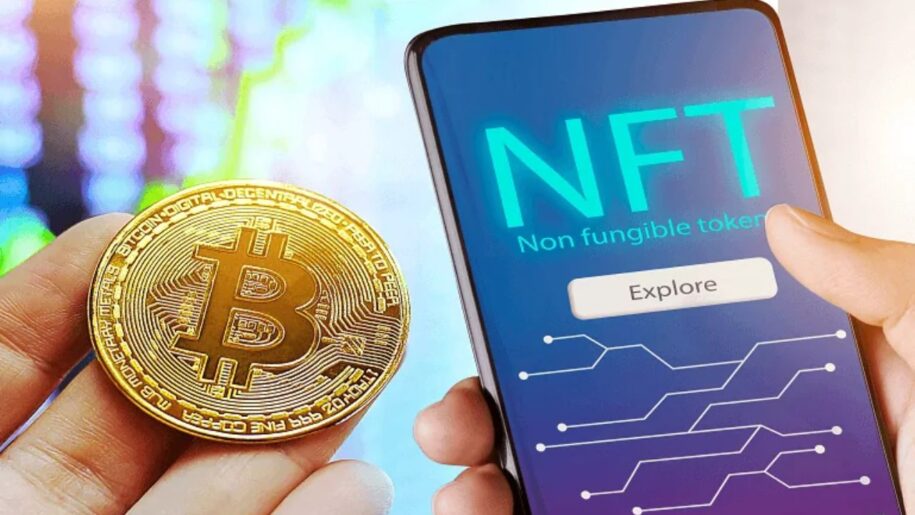
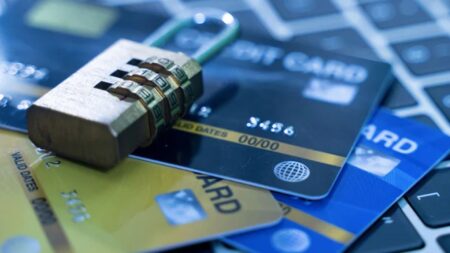
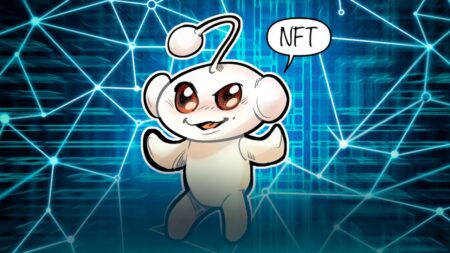
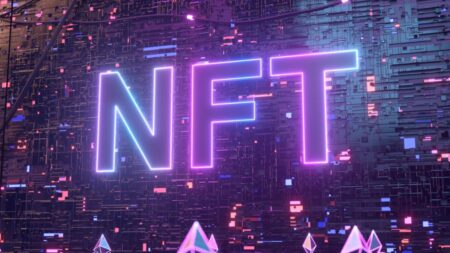
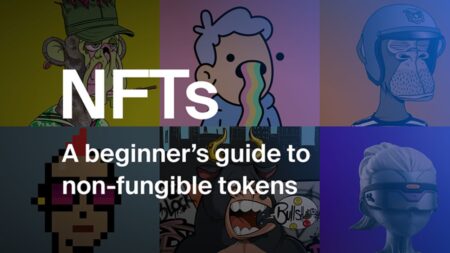
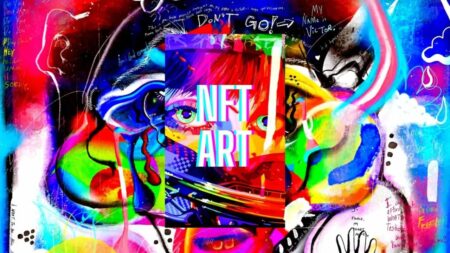
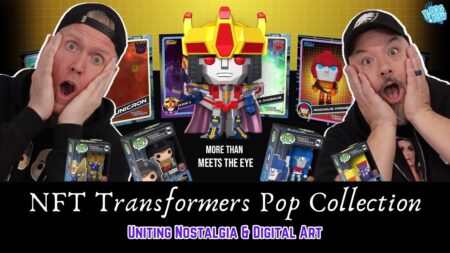
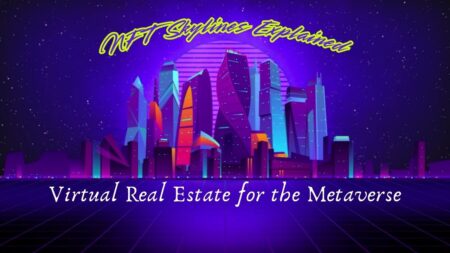

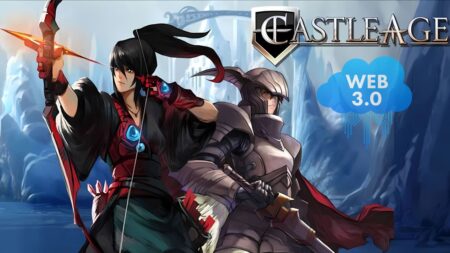
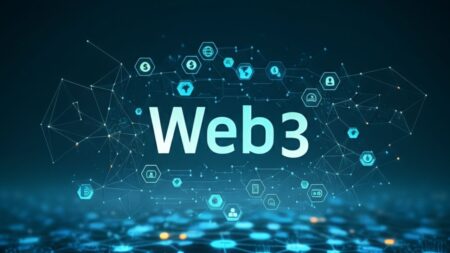
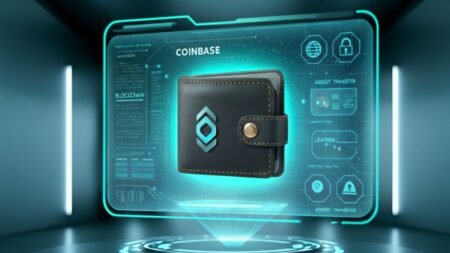
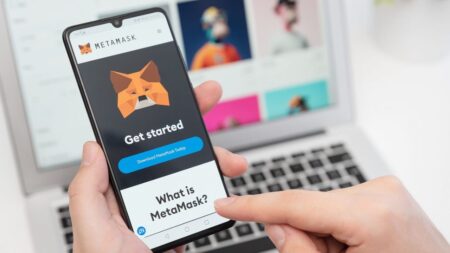
Leave a Reply